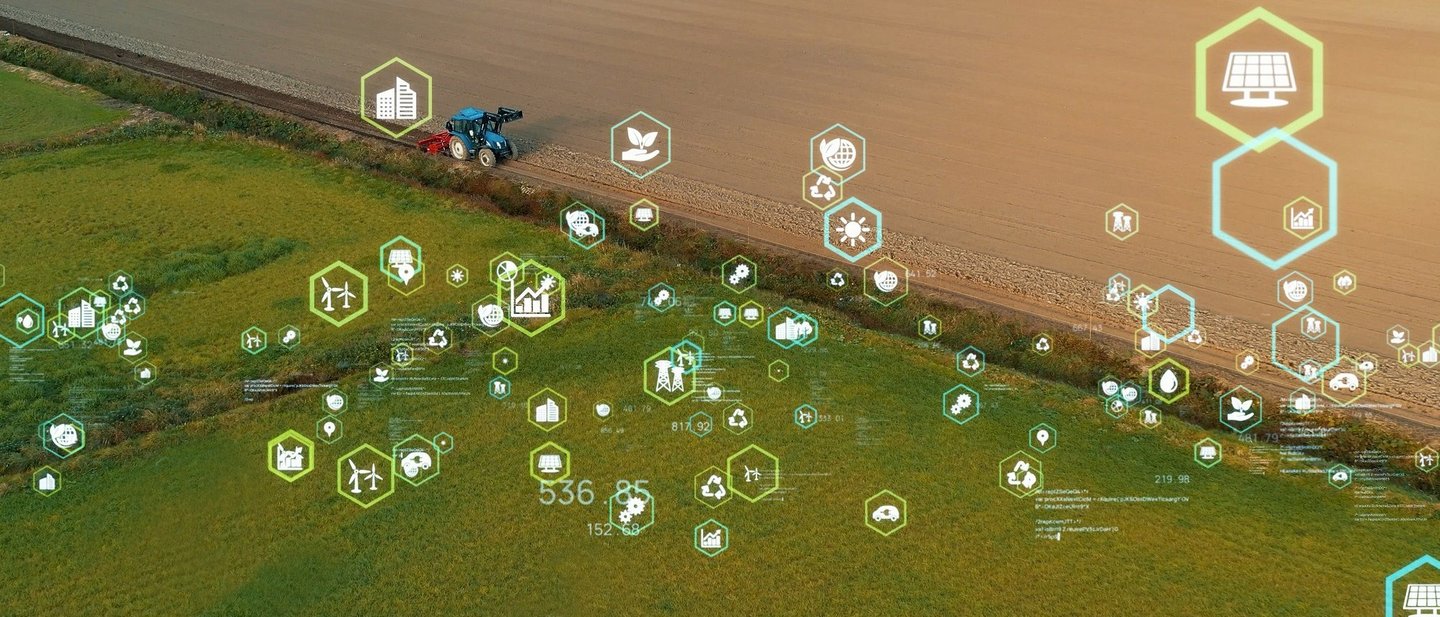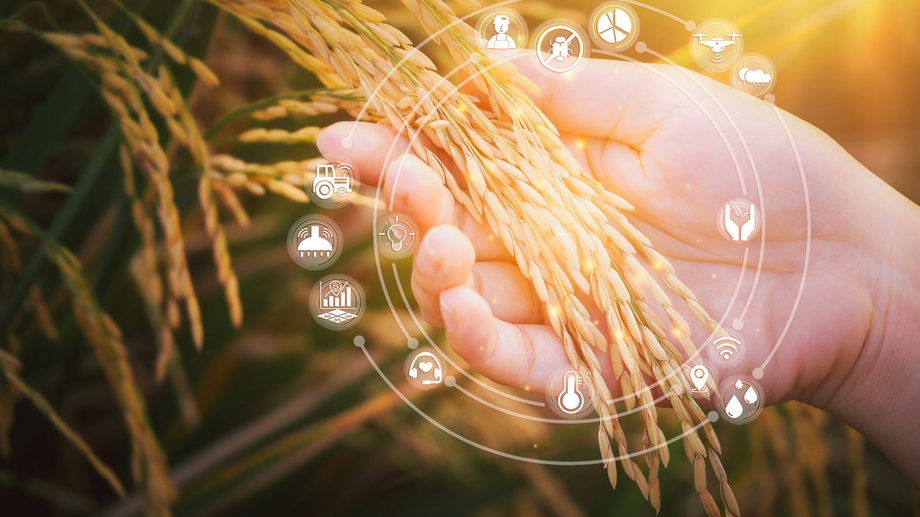5G’s footprint continues to expand around the world, with live services now available in over 70 countries. As adoption continues to surge in relevant markets – from China, Japan, and South Korea to the US and Europe – the total number of 5G smartphone connections globally is set to reach 1 billion in 2022 and 2 billion over the following three years.1
But those numbers only represent smartphone connections. The technology is expected to spawn a large 5G Internet of Things (IoT) ecosystem, with networks empowering the communications needs of billions of connected devices. Indeed, the GSM Association (GSMA) of mobile operators anticipates that the total number of IoT connections will rise to more than 23 billion by 2025.1
In doing so, the core capabilities of 5G – ultra-low latency of less than 1 millisecond, rapid data transfer of more than 2 Gbps, and support for densities of 1 million devices per km2 – will allow whole industries (and new ones) to reimagine themselves. In sports and entertainment, manufacturing, transportation, agriculture, and in countless other spheres, 5G will enable services that were simply not feasible in earlier generations of communications.
Think smart cities where traffic flows are orchestrated using 5G for speed and efficiency; intelligent buildings sown through with sensors so they respond to levels of occupancy and minimize energy use; sports stadiums where tens of thousands of spectators can simultaneously watch live action overlaid with augmented reality; factories where robots communicate with each other in a ballet of production; and farms where data on everything from soil humidity to the ripeness of crops is monitored to dramatically increase yields.
In financial terms alone, the GSMA predicts that by 2030 the innovation, productivity and efficiency gains ushered in by 5G will have added almost a trillion US dollars annually to the global economy.1 However, there is arguably a more profoundly important benefit of 5G: as the world accelerates efforts to fight climate change by reducing carbon emissions, 5G has the potential to move the dial in a highly positive way.




